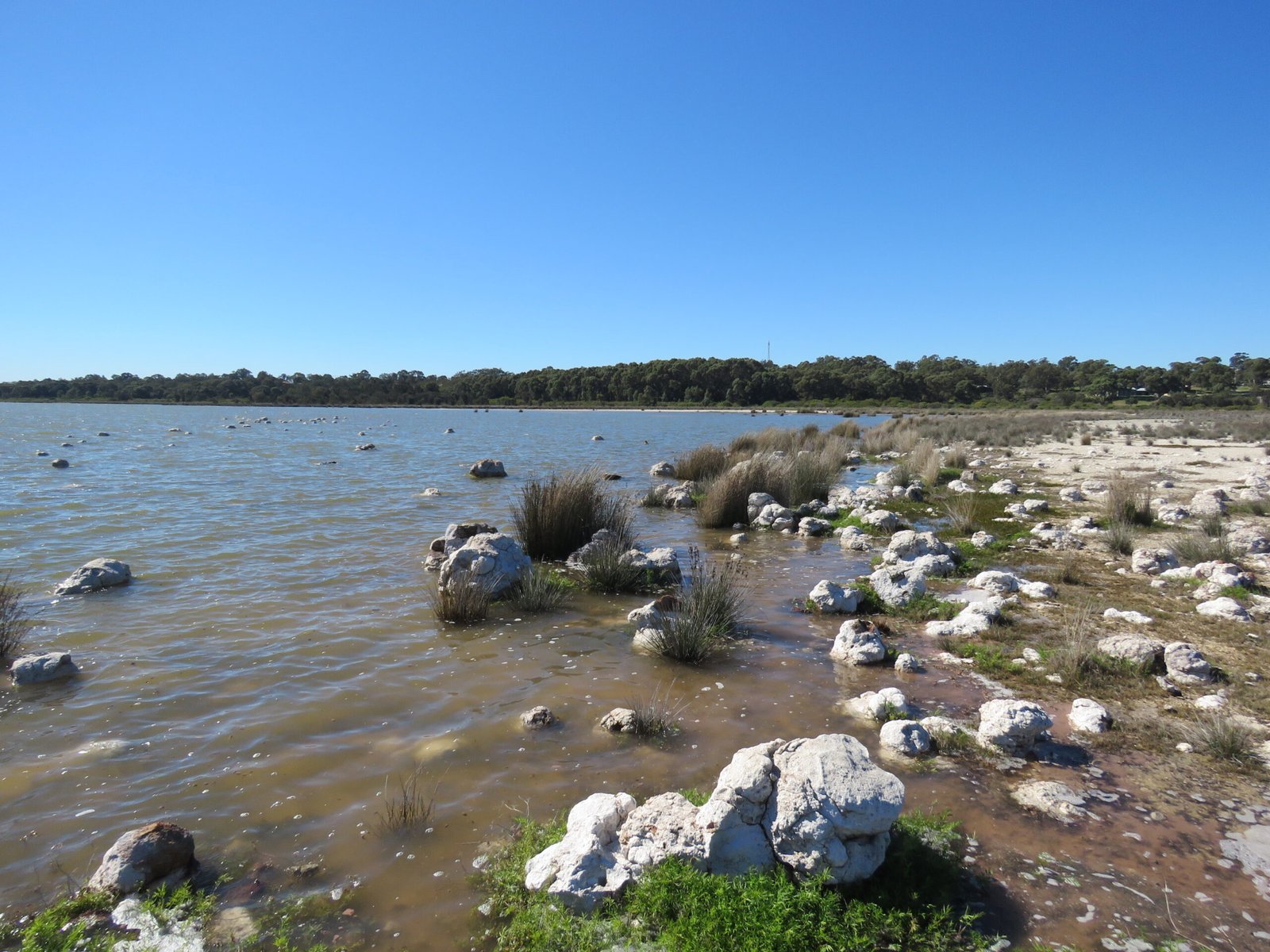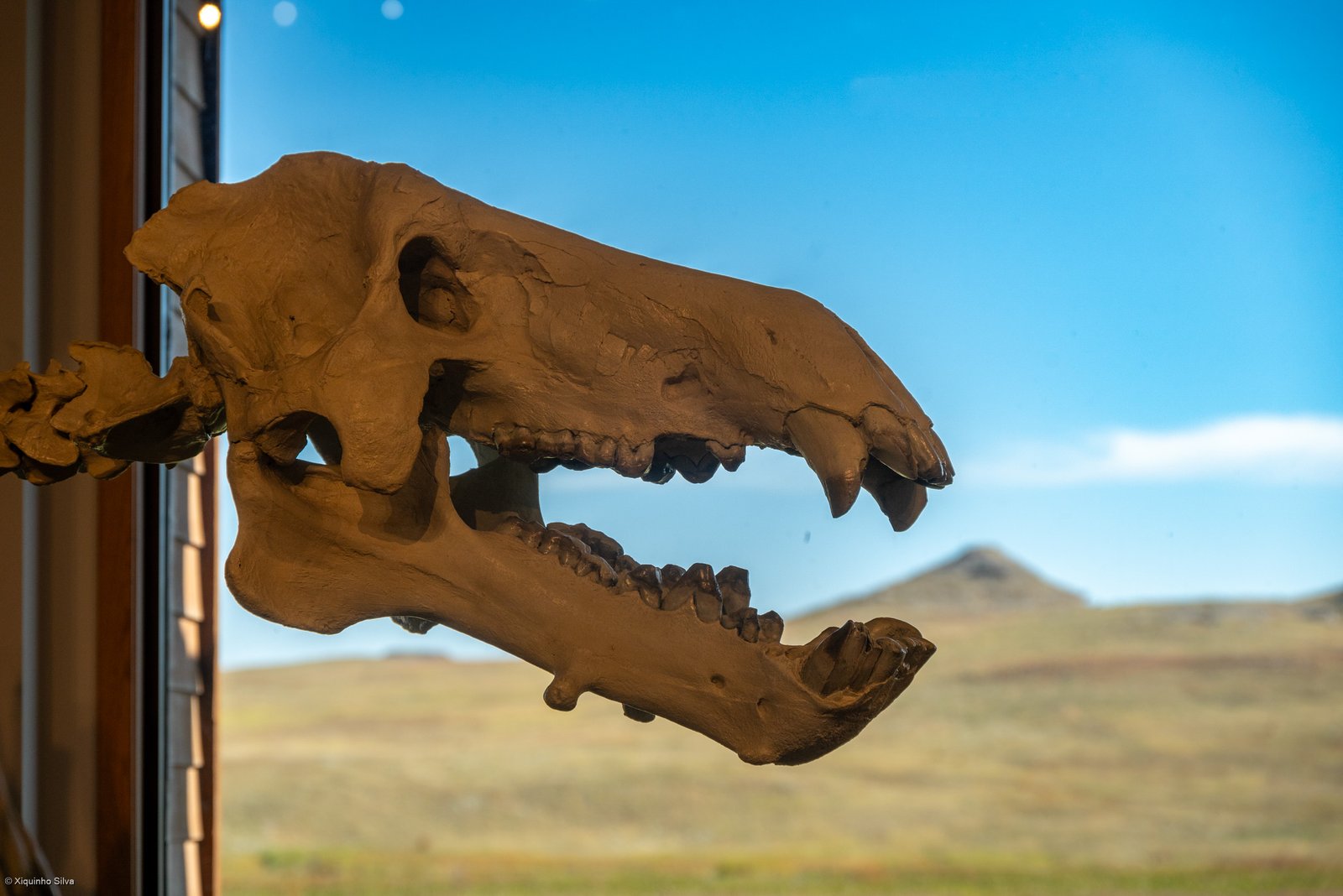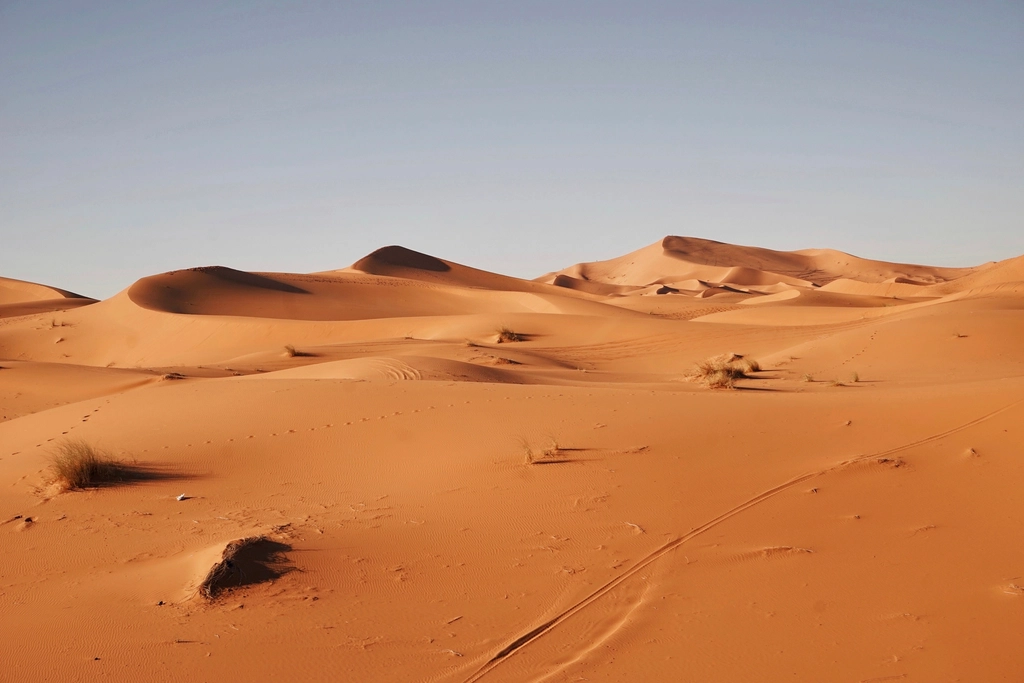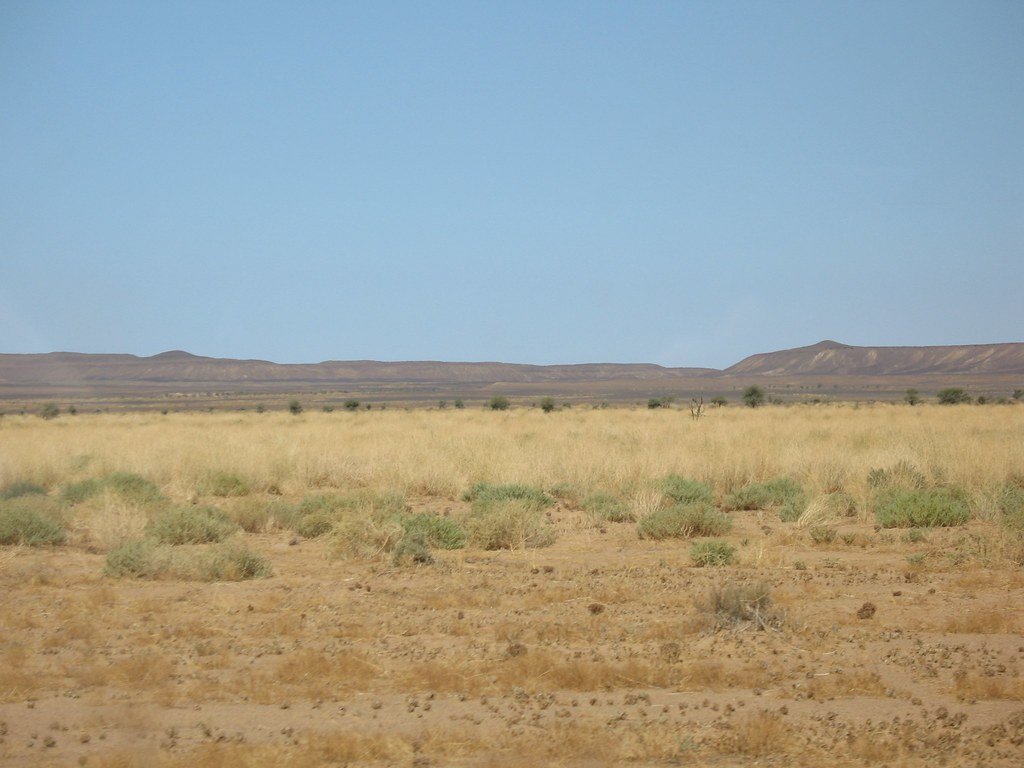Once upon a time, the Sahara Desert, now known for its vast stretches of sand and scorching heat, was a lush, green paradise. Imagine a landscape teeming with life, where rivers flowed and lakes shimmered under the sun. This isn’t a scene from a fantastical tale, but a reality from thousands of years ago. The Sahara’s transformation from verdant plains to arid desert is a testament to the Earth’s ever-changing climate and environment. But how do we know about this ancient green Sahara? The answer lies beneath the sand, in the fossil lakes that whisper secrets of a bygone era. These remnants of the past provide a fascinating glimpse into the dynamic forces that shape our planet.
The Enigmatic Green Sahara
The Sahara Desert as we know it today is a vast expanse of sand dunes and rocky plateaus, stretching over 9 million square kilometers. However, around 11,000 to 5,000 years ago, this region experienced a period known as the African Humid Period. During this time, the Sahara was a vibrant landscape of grasslands, savannas, and lakes. This transformation was driven by changes in the Earth’s orbit, which altered the distribution of solar energy and increased monsoon rains. These climatic shifts turned the Sahara into a haven for flora and fauna, supporting a rich tapestry of life. The evidence of this lush past is etched in the fossil records, revealing a time when the Sahara was anything but a barren wasteland.
Fossil Lakes: Time Capsules of the Past

Fossil lakes, also known as paleolakes, are remnants of ancient bodies of water that once dotted the Saharan landscape. These natural archives preserve a wealth of information about past climates and environments. By studying the sediments and fossils within these lakes, scientists can reconstruct the Sahara’s ecological history. Fossilized pollen grains, for instance, provide clues about the types of vegetation that thrived in the region. Meanwhile, the remains of aquatic organisms tell us about the water conditions and the climate at the time. These fossil lakes are like time capsules, offering a window into a world that existed thousands of years ago.
The Role of Climate Change
The Sahara’s transformation from green to desert was primarily driven by natural climate change. As the Earth’s orbit shifted, the monsoon rains that once nourished the region began to wane. This gradual drying process led to the retreat of vegetation and the expansion of desert conditions. While this natural cycle of climate change was the main driver, it serves as a powerful reminder of the Earth’s sensitivity to environmental shifts. The story of the Sahara underscores the importance of understanding climate processes, as they have profound impacts on ecosystems and human societies.
Human Habitation and Adaptation
During the African Humid Period, the Sahara was a hospitable environment for human habitation. Archaeological evidence suggests that early humans thrived in this lush landscape, engaging in activities such as hunting, fishing, and agriculture. As the climate changed and the Sahara became more arid, human populations were forced to adapt or migrate. This period of adaptation and migration is reflected in the archaeological record, revealing a history of resilience and ingenuity. The story of human habitation in the Sahara is a testament to the adaptability of our species in the face of environmental challenges.
Lessons from the Past
The history of the Sahara offers valuable lessons for understanding our planet’s dynamic nature. It highlights the interconnectedness of climate, ecosystems, and human societies. By studying the fossil lakes and the green Sahara, we gain insights into how natural climate processes can shape landscapes and influence human activities. This knowledge is crucial for addressing contemporary environmental challenges, as it provides a long-term perspective on climate change and its impacts. The Sahara’s past serves as a reminder of the importance of sustainable practices and the need to protect our planet’s fragile ecosystems.
The Importance of Fossil Records

Fossil records play a crucial role in piecing together the Sahara’s history. They provide tangible evidence of past climates, vegetation, and animal life. By analyzing these records, scientists can trace the Sahara’s transformation over millennia. Fossils also offer insights into the resilience of ecosystems and the adaptability of species in the face of changing environmental conditions. The study of fossil records is an ongoing endeavor, with new discoveries continually enhancing our understanding of the Sahara’s dynamic past.
The Future of the Sahara

As we look to the future, the Sahara continues to be a region of interest for scientists and environmentalists. Understanding its past is key to predicting its future. Climate models suggest that the Sahara could experience further changes in response to global climate dynamics. While the prospect of a green Sahara may seem distant, it underscores the potential for dramatic environmental shifts. The Sahara’s story is a reminder of the need for global cooperation in addressing climate change and preserving our planet’s natural heritage.
The Role of Technology in Unraveling the Sahara’s History
Advancements in technology have revolutionized the study of the Sahara’s past. Techniques such as remote sensing, radiocarbon dating, and isotopic analysis have provided new insights into the region’s climatic history. These tools allow scientists to reconstruct ancient environments with greater accuracy and detail. As technology continues to evolve, it holds the promise of unlocking even more secrets from the Sahara’s fossil lakes. The integration of technology and science is essential for deepening our understanding of the Earth’s history and its ongoing transformations.
A Call to Action
The story of the Sahara’s transformation is a call to action for preserving our planet’s delicate balance. It serves as a reminder of the consequences of environmental change and the importance of sustainable stewardship. As we navigate the challenges of the 21st century, the lessons from the Sahara’s past can guide us towards a more sustainable future. By embracing conservation and sustainable practices, we can ensure that our planet remains a vibrant and thriving home for generations to come. What will the Sahara’s future hold, and how can we learn from its past to shape a better world?




